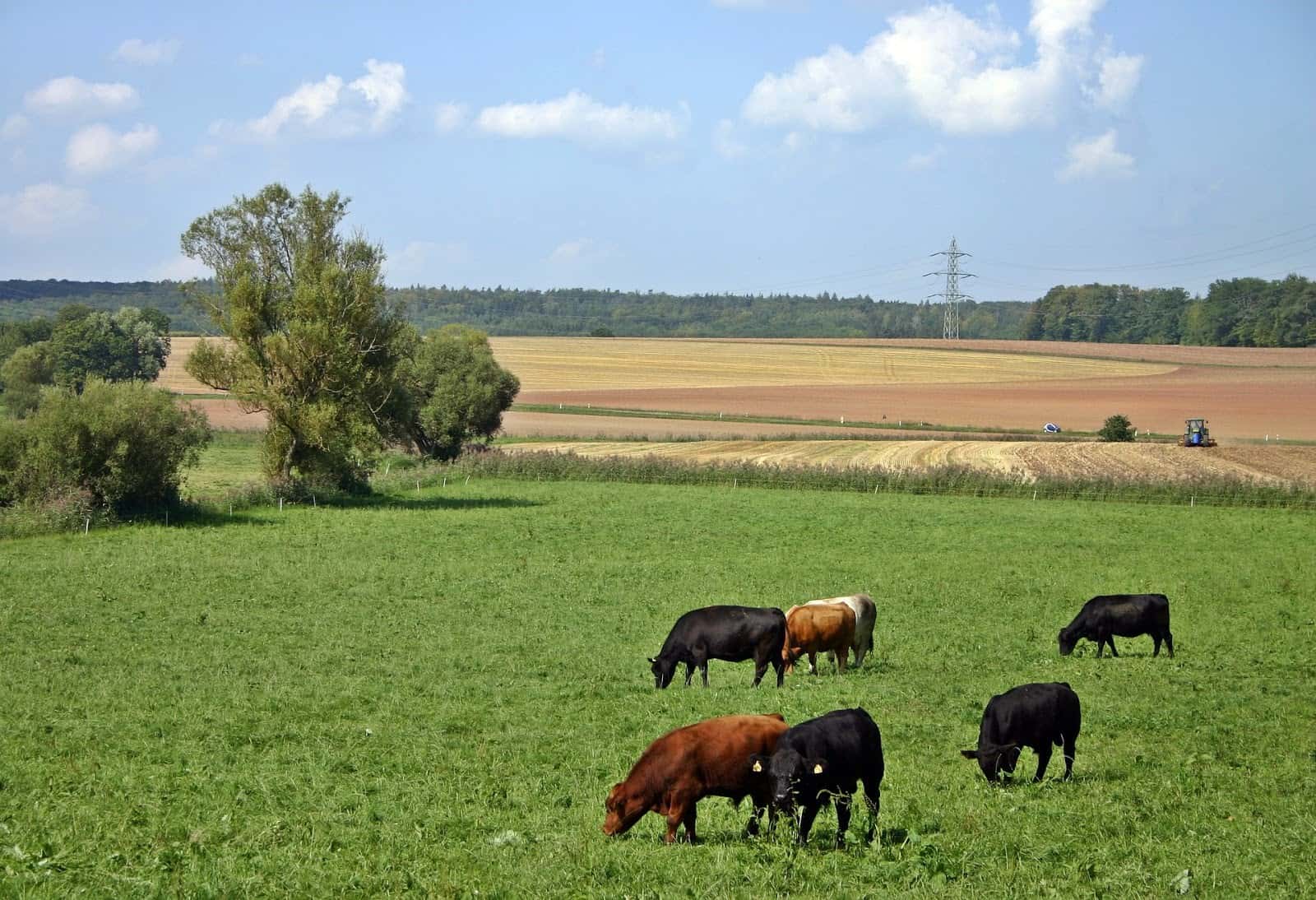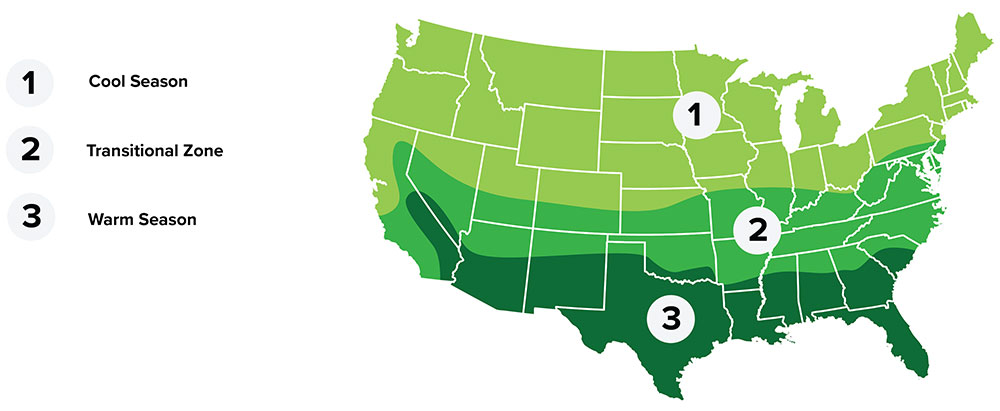
MAXIMILLIAN SUNFLOWER
Call for pricing availability -
(800) 375 - 4613
Summary
Maximilian Sunflower is a native, warm-season perennial forb adapted to the central region of the United States extending, from Mexico into Canada. Maximilian Sunflower is found in prairie remnants, sloughs, woodland edges, or disturbed areas. It does best on medium textured soils but will grow on a wide range of soils with an annual rainfall range of 20 to 40 inches. It is typically used in native grass mixes, for filter strips, and for upland game bird food and cover. This tall species is ideal accent plant around fences and native gardens.
Plant Characteristics
Taxonomy
Zone
- Regional Growing Zone
- 1 - Northwest Coastal, 2 - California Coastal, 4 - Mountain, 5 - Midwest, 6 - Northeast Lakes, 7 - Great Lakes South, 8 - Appalacia, 9 - Southeast, 11 - South Texas
- USDA Plant Hardiness Zones
- 1, 2, 3, 4, 5, 6, 7, 8, 9, 10
- Temperature Zone
- Warm, Cool, Transitional
Plant Characteristics
- Height
- 36" - 96"
- Bloom Period
- Late-Summer - Early-Fall
- Bloom Color
- Yellow
- Leaf Color
- Green
- Growing Cycle
- Perennial
- Sun Requirement
- Full Sun
Plant Information
- Planting Season
- Spring
- Plant Depth
- 0.5"
- Minimum Soil Temp for Germination
- 65° F
- Establishment
- Easy
Seed Information
- Seeds Per Pound
- 180,000
- Kingdom
- Plantae
- Subkingdom
- Tracheobionta
- Super Division
- Spermatophyta
- Division
- Magnoliophyta
- Class
- Magnoliopsida
- Subclass
- Asteridae
- Order
- Asterales
- Family
- Asteraceae
- Genus
- Helianthus
- Species
- Helianthus maximilliani
Coverage Area & Available Sizes
Applications
Attractive in mass plantings as well as in species mixes.
When combined with grasses, forbs, and legumes.























